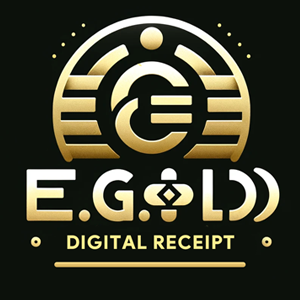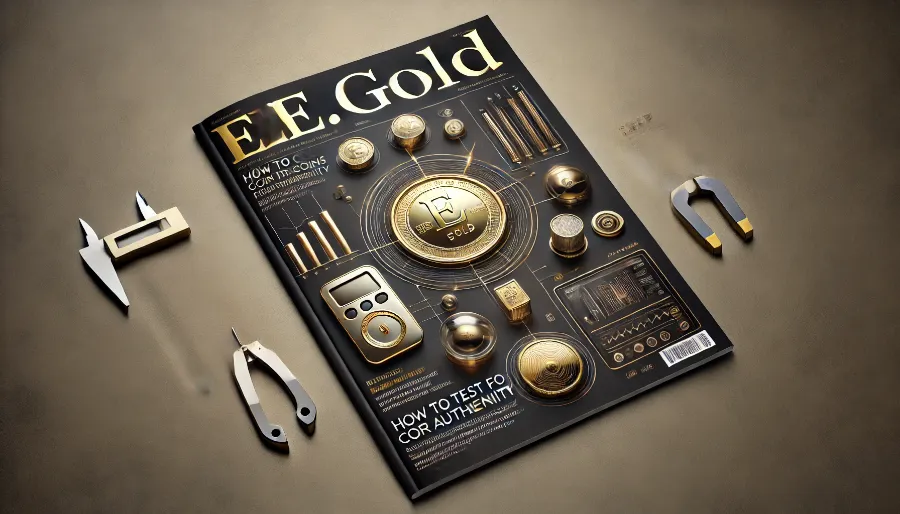
As counterfeit coins become increasingly common, having access to reliable coin testing methods and tools is essential for collectors, investors, and businesses dealing with precious metals. A coin tester is any tool or method used to verify the authenticity, weight, dimensions, and purity of a coin, ensuring it meets the required standards for investment or trade.
This guide covers various ways to test coins at home or using professional coin-testing tools, including both manual and advanced testing options.
Why Is Coin Testing Important?
1. Avoid Counterfeit Coins
Counterfeit coins often look convincing but may lack the correct weight, purity, or dimensions. Testing ensures you're not falling victim to fraud.
2. Ensure Purity
Precious metal coins, such as gold and silver, must meet specific purity standards (e.g., 99.9% pure gold). Testing ensures you’re receiving the quality advertised.
3. Verify Investment Value
For investors, testing coins protects your financial interests, ensuring the coin's market value aligns with its material value.
4. Compliance with Standards
Dealers and investors often need to verify coins to meet legal or trade requirements, especially in high-value transactions.
Methods for Testing Coins at Home
1. Visual Inspection
The first step in testing any coin is a thorough visual examination.
- Check the Design: Compare the coin's design, markings, and engravings to official images from the mint or manufacturer.
- Inspect the Edges: Many coins have unique edge patterns (e.g., reeded or smooth edges). Counterfeit coins may have irregular or mismatched edges.
- Look for Markings: Authentic coins typically feature a purity mark (e.g., 999.9 for gold), weight, and mint logo.
2. Weight and Dimensions
Every authentic coin has specific weight and size specifications. Counterfeit coins often deviate from these standards.
Tools Needed:
- A digital scale to measure weight.
- A caliper to measure diameter and thickness.
How to Test:
- Use the scale to weigh the coin and ensure the measurement matches the mint’s specifications.
- Measure the coin’s diameter and thickness with a caliper.
- Compare the measurements to official specifications provided by the mint.
3. Magnet Test
Gold and silver are non-magnetic metals. If a coin is attracted to a magnet, it’s likely counterfeit or made of a magnetic metal.
How to Test:
- Place the coin on a flat surface.
- Slowly move a strong magnet, such as a neodymium magnet, near the coin.
- If the coin reacts to the magnet, it is not made of pure gold or silver.
4. Ping Test
The ping test, or sound test, uses the distinct sound produced when a coin is struck gently.
How to Test:
- Hold the coin by balancing it on your fingertip.
- Tap it lightly with another coin or small metal object.
- Listen to the sound:
- Genuine precious metal coins produce a clear, resonant "ping."
- Counterfeit coins often sound dull or muted.
There are apps like "Coin Ping Tester" that can analyze the frequency of the sound to determine authenticity.
5. Specific Gravity Test
The specific gravity test measures the density of a coin, which is unique for each type of precious metal.
Tools Needed:
- A precise scale.
- A container of water.
How to Test:
- Weigh the coin in air and record the weight.
- Submerge the coin in water and record the submerged weight.
- Divide the weight in air by the difference between the two weights to calculate the specific gravity.
- Compare the result to the specific gravity of the metal (e.g., gold: 19.32 g/cm³, silver: 10.49 g/cm³).
Advanced Coin Testing Tools
1. Precious Metal Verifiers
Devices like the Sigma Metalytics Precious Metal Verifier use electromagnetic waves to analyze the purity of precious metal coins without damaging them. These tools are commonly used by professional dealers and investors.
How It Works:
- Place the coin on the verifier's sensor.
- The device scans the coin’s electromagnetic signature and compares it to the expected signature for the metal.
- A reading indicates whether the coin is genuine.
Benefits:
- Non-invasive and fast.
- Accurate results for gold, silver, platinum, and other metals.
2. X-Ray Fluorescence (XRF) Analyzer
XRF analyzers use X-rays to determine the elemental composition of a coin. This method is highly accurate and widely used by mints and refiners.
How It Works:
- Place the coin in the XRF machine.
- The device emits X-rays, which excite the atoms in the coin.
- The emitted secondary X-rays are analyzed to determine the coin’s metal composition.
Benefits:
- Provides precise purity measurements.
- Can test coins without damaging them.
Drawback:
- XRF machines are expensive and typically used by professionals.
3. Ultrasound Testing
Ultrasound testing measures the internal structure of a coin, helping detect counterfeit coins made with a metal core (e.g., tungsten-filled gold coins).
How It Works:
- An ultrasound device sends sound waves through the coin.
- The machine measures how the waves travel through the metal.
- Irregularities in wave transmission indicate impurities or fake cores.
4. Acid Test
Acid testing involves applying a small amount of acid to the coin to determine its purity. While effective, this method is not recommended for collectible or high-value coins as it can damage them.
Tools Needed:
- Acid test kit (available for gold, silver, and platinum).
How to Test:
- Scratch the surface of the coin on a testing stone.
- Apply a drop of acid to the scratch.
- Observe the reaction:
- Genuine metals resist the acid.
- Base metals dissolve or change color.
Common Red Flags for Counterfeit Coins
- Inconsistent Weight or Dimensions: Even small deviations from the standard specs can indicate a fake coin.
- Blurry or Incorrect Designs: Counterfeit coins often lack sharp details or have misspelled text.
- Magnetic Properties: Genuine gold and silver coins should not react to magnets.
- Low Price: Deals that seem "too good to be true" often involve counterfeit coins.
Professional Coin Testing Services
If home tests are inconclusive, consider having your coins professionally tested. Many dealers, jewelers, and mints offer testing services using advanced tools like XRF analyzers or ultrasound devices. They can also provide certifications for authentic coins, increasing their resale value.
Tips for Avoiding Counterfeit Coins
- Buy from Reputable Dealers: Always purchase coins from authorized dealers or mints.
- Check for Certification: Look for coins with authentication certificates or assay cards.
- Stay Informed: Research the specifications and designs of the coins you’re buying.
- Inspect Packaging: Many genuine coins come in tamper-proof packaging.
The Importance of Regular Coin Testing
For both casual collectors and serious investors, regularly testing coins is essential for maintaining the value and integrity of your collection or investment portfolio. Even if a coin is purchased from a reputable dealer, it is good practice to periodically verify its authenticity and quality for the following reasons:
1. Protecting Your Investment
The value of precious metals is high, and counterfeiters are becoming more skilled at creating fake coins. Regular testing ensures your coins retain their value and can be sold or traded confidently when needed.
2. Resale Readiness
If you plan to sell your coins, buyers will likely want proof of authenticity and purity. By having coins regularly tested, you ensure they meet market standards and are ready for resale.
3. Building Trust in Your Collection
For those who share or display their coin collections, verified coins build trust and credibility. Whether you're selling to a dealer, showing to a collector, or gifting a coin, having verified authenticity adds to your reputation.
Frequently Asked Questions About Coin Testing
1. Can I test gold or silver coins without damaging them?
Yes. Most testing methods, such as the magnet test, ping test, and advanced tools like XRF analyzers and metal verifiers, are non-invasive and do not damage coins. However, methods like the acid test or scratching can leave marks and should only be used when necessary.
2. How accurate are at-home coin testing methods?
At-home methods like weight measurement, specific gravity tests, and the magnet test are effective for identifying obvious counterfeits. However, advanced testing tools like XRF analyzers or ultrasonic devices provide more precise results, especially for detecting fakes with hidden cores or impurities.
3. Are all gold and silver coins non-magnetic?
Pure gold and silver are non-magnetic. However, some genuine coins made with alloyed metals (such as 22-karat gold coins) may have slight magnetic reactions due to added metals like copper or silver. Check the specifications of the coin to determine if slight magnetic behavior is expected.
4. How can I find a reputable coin dealer?
Look for dealers accredited by reputable organizations like the Professional Numismatists Guild (PNG), American Numismatic Association (ANA), or certified mints. Customer reviews, transparent pricing, and clear return policies are also indicators of a trustworthy dealer.
5. What is the best tool for professional coin testing?
The Sigma Metalytics Precious Metal Verifier is one of the most popular tools for professional coin testing. It is accurate, non-invasive, and suitable for testing gold, silver, platinum, and palladium. XRF analyzers and ultrasound testers are also excellent but are more expensive and typically used by large-scale dealers or refiners.
Coin Testing Tools for Beginners and Professionals
Beginner Tools: Affordable and Simple
- Digital Scale: Essential for checking the weight of coins.
- Calipers: Measures coin dimensions accurately.
- Neodymium Magnet: A quick way to detect magnetic counterfeit coins.
- Ping Test App: An app that helps analyze the sound of your coin.
Professional Tools: Advanced and Accurate
- Precious Metal Verifier: For quick purity checks of gold and silver coins.
- Ultrasound Device: Detects hidden cores or layers in counterfeit coins.
- XRF Analyzer: Provides precise metal composition details.
- Specific Gravity Kit: Ideal for verifying density and authenticity.
How to Store Coins Safely After Testing
Once you’ve verified the authenticity of your coins, proper storage is essential to maintain their condition and value. Improper storage can lead to tarnishing, scratching, or other forms of damage. Follow these tips to protect your coins:
1. Use Protective Cases
Store coins in individual coin capsules or holders made of inert materials, such as polyethylene or acrylic, to prevent scratches and exposure to air.
2. Avoid Handling with Bare Hands
Always use cotton gloves when handling coins to avoid transferring oils or dirt that could cause discoloration.
3. Store in a Cool, Dry Place
Keep your coins away from humidity, extreme temperatures, and direct sunlight to prevent tarnishing and oxidation.
4. Invest in a Fireproof Safe
For valuable coins, use a fireproof and waterproof safe to protect them from theft and natural disasters.
5. Label and Organize
Clearly label your coins with details such as metal type, weight, and purchase date. Organized storage makes it easier to manage your collection and track its value.
Emerging Technologies in Coin Testing
The world of coin testing is evolving with advancements in technology. Here are some cutting-edge developments that could transform how coins are authenticated:
1. Blockchain for Coin Authentication
Blockchain technology is being explored to create tamper-proof digital records for coins. By linking coins to a blockchain ledger, buyers and sellers can instantly verify a coin's authenticity, provenance, and ownership history.
2. AI-Powered Analysis
Artificial intelligence (AI) is being integrated into coin testing apps and devices. AI can analyze visual and physical characteristics of coins more accurately, detecting subtle details that might be missed by the human eye.
3. Portable Scanners
Handheld XRF scanners and advanced portable coin verifiers are becoming more accessible to individuals, making professional-grade testing tools available for personal use.
Conclusion
Testing coins for authenticity and purity is an essential practice for anyone involved in buying, selling, or collecting precious metals. Whether you’re a beginner with basic tools or a professional using advanced devices, the ability to verify coins protects your investments and builds confidence in your transactions.
By staying informed about the latest testing methods, tools, and best practices, you can ensure that your coin collection or portfolio is both genuine and valuable. As the precious metals market continues to grow, investing in reliable coin-testing tools and services will remain a smart decision for collectors and investors alike.
NOTE
This Content is the copyrighted content of EE.GOLD. All rights are reserved. You are welcome to share or use our content only by including direct links to our website. Any other form of reproduction, distribution, or use without proper attribution is strictly prohibited.
This Content is intended solely for educational purposes. The information provided does not constitute financial or investment advice.
Please note that Digital Storage Receipt, Secure Storage Solutions, and Physical Gold Sales are the only services offered by EE.GOLD.
We strictly adhere to government regulations and are firmly against all illegal financial or investment activities globally.
For further inquiries, feel free to contact us through our official channels.

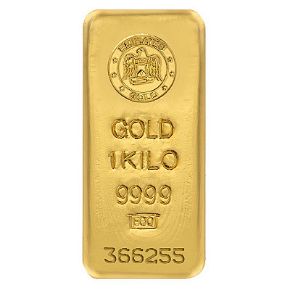
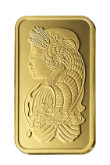

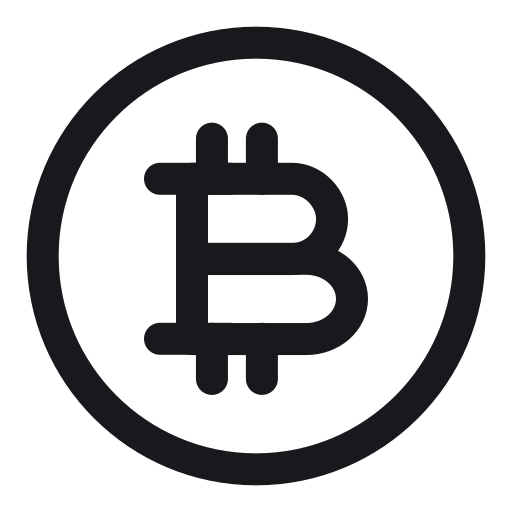

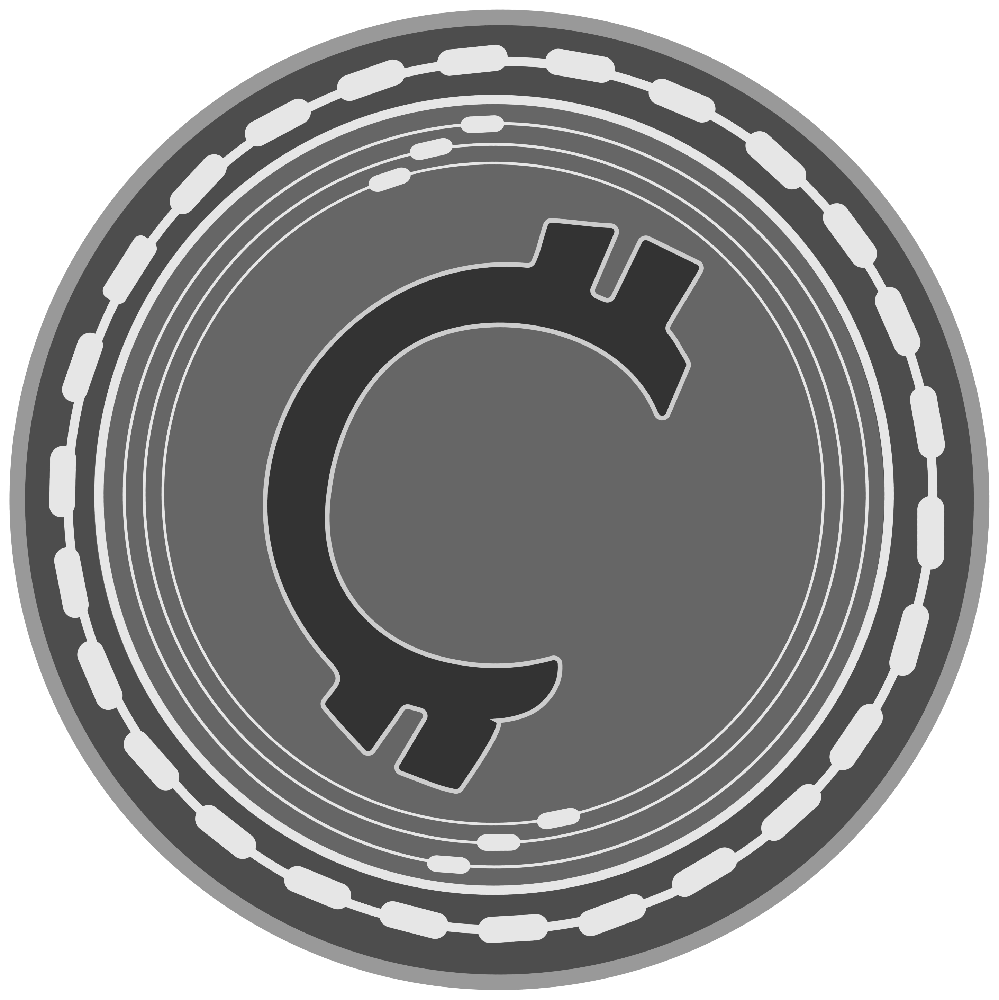
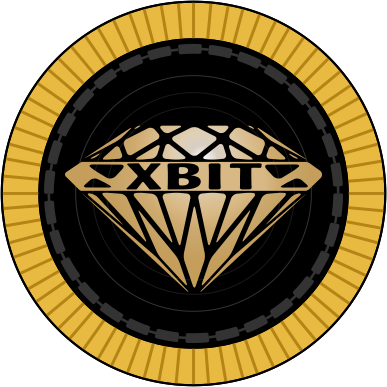
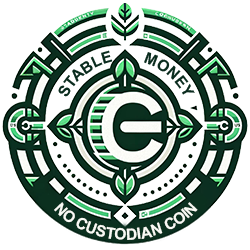

.png)

